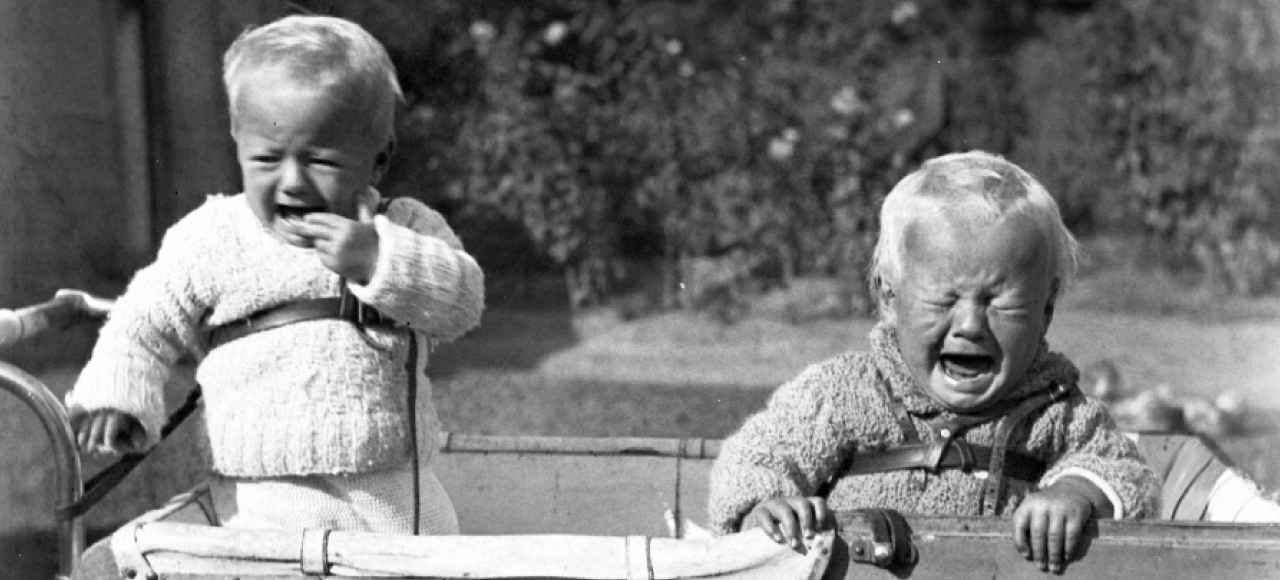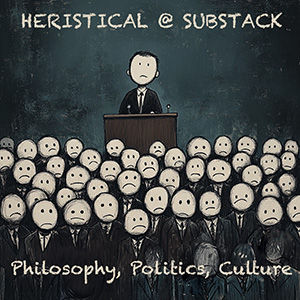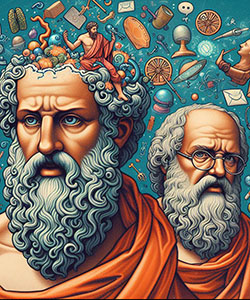
Your first breakup probably felt like the end of the world, but by now you’ve likely been through a bunch of them. Do you think of all these relationships that ended as ‘failed relationships’? This is a common turn of phrase for any relationship that ends for any reason other than death. But why do we think of a relationship as a failure just because it ends? Why, for instance, do we think of someone who has married many times as a failure at relationships, rather than as good at forming relationships that are short and intense? Almost all of our relationships run their course. Romantic relationships, friendships, work relationships – most of them have a finite place in our lives. Less than 50% of marriages last until death. And even if you are in one of those marriages, you still likely had prior romantic relationships. Even parent-child relationships generally transform into something quite different and less intense as time passes. Since most of our relationships end, it is strange that we tend to frame any finite relationship as a failed relationship. Do we really think that most human relationships are failures?
Because we act as though relationships are not supposed to end, we see breakups as tragic. We frame breakups as admissions and capstones of failure. For this reason, we often feel as though there is no point to breaking up well or of preserving what was of value in the relationship. After all, the relationship has already proven itself to be a waste of time by ending, however good it seemed. And since breakups are inherently tragic, they may as well include tragically bad behaviour: abandonment, betrayal, maximizing hurt. This tragic approach is replayed and reinforced in movies, novels, and operas. But this distorted reasoning is bad for everyone involved. Instead, we should see relationships as naturally having a beginning, middle, and end. Some, like summer flings and passing affairs while we travel, are short stories. Some are long stories. A small number last until death. The length of a story does not define its value. But the end of the story is part of its value, rather than as a negation of that value. We should hope for stories with good endings.
Consider an analogy. All lives are finite, and end in death. Yet before the hospice movement of the 1960s, medicine and health care did not concern themselves with dying. The job of medicine was to keep people alive if at all possible, and allowing a patient to die was a medical failure. Once doctors admitted that someone was irrevocably dying, they abandoned the patient; dying was out of their purview. Led by a nurse, Dame Cicely Saunders, the hospice movement called upon the health care profession to conceive of dying as a necessary and medically important part of living. The movement introduced the idea of the good death, and made it the job of the health care profession to manage death well, not just stave it off. This was a major shift in how we conceive of dying: for the first time, we thought of it as calling for care, rather than as the point where care stops. The hospice movement taught us that since death is inevitable for all of us, helping someone die well – comfortably, with dignity, in a way that continues to let them express their values and identity – is a medical success. Stranding a patient once they are dying, saying there is “nothing more to be done”, is abandonment and medical failure.
I suggest we reconceive of relationships as fundamentally finite, and as containing their own end, just as life contains dying. A relationship that ends is no more a failure or without value than a life that ends. A good breakup is like a good death. It exemplifies respect, dignity, careful pain management, and honoring the finite relationship for its value rather than destroying and denying that value. It is an exercise in caring, not in abandoning or withdrawing care. As you go through a good breakup, like a good death, you try to minimise harm to yourself and the other, to remain clear-eyed about what has been and what the relationship is now becoming. You remain true to who you are and try not to let your personality slip away. Even when the end of a relationship is deeply disappointing because you wanted more, that doesn’t mean the relationship failed, any more than sadness at death invalidates the value of life. Sometimes we want a good thing to be longer than it is. But even when we are sad that something is ending, it is still worth ending it well.
Ending a relationship well is part of the work of the relationship itself. If we see the end of a relationship as integral to its narrative, then we should want the end to be resonant with the values and story that defined the whole of it, rather than as a breach with different rules. Even relationships that last until death are better if there is the space and the means to separate well at the end, and say goodbye properly. The end of a relationship is its last act, and if the last act doesn’t go well, it can disfigure the whole narrative.
In contrast, a bad breakup is not integrated with the rest of the relationship. Instead, it explodes the relationship with acts of harm, betrayal, or abandonment that rupture it rather than remaining consonant with it. This is why ghosting a relationship – simply disappearing – can be such an intense violation. It cuts off that final act, severing the relationship without bringing it to an end, without consideration for its value and narrative shape. It’s like a doctor abruptly killing a patient once they discover that the patient is dying. (Although sometimes, when one person will not let the other go without abuse and harm, ghosting may be the only self-protective option.) But even when a relationship ends badly or abruptly, the failure is not that it ended but how it ended.
Why do we imagine breaking up as failure, and relationships as properly eternal? A helpful notion here is the “relationship escalator,” a term coined by Amy Gahram under the pen name “Aggie sez”, in 2012. The idea is that it is deeply ingrained in our culture to think of romantic relationships as having a pregiven direction, as progressing along a fixed path, towards greater and greater intimacy, entanglement, and economic investment – through dating, then a commitment to monogamy, then moving in together, then combining finances, and ultimately, arriving at the triad of marriage, children, and property ownership. At this apex, the relationship is supposed to remain static and last until death. Only two people can fit on the escalator at a time. Any attempt to go partway down the escalator – to move from living together to living separately, for instance – signals relationship failure. You are not allowed to stop the escalator or go anywhere else once you get to the top. There is no stepping off the escalator altogether to build a different kind of relationship. The only way to get off the escalator is to fall off, and hence to fail. When people ask, “Where is this relationship going?”, what they generally mean is, are we on the escalator and is it moving up as it is supposed to, or are we wasting our time? We have similar if less rigid and less socially salient relationship escalators for friendships, work relationships, and other kinds of intimate relationships.
What does this have to do with breakups? Gahram puts the point well: “Since marriage (or its equivalents) represents the escalator’s pinnacle, there’s no good way to go down. Consequently our society suffers from a dearth of models to transition or conclude relationships well … If we had better models of ending or changing relationships, we’d develop better skills and social support – and so might wreak far less damage.” There are two points here, as I see it: First, the relationship escalator model itself produces more breakups, since any relationship that doesn’t smoothly progress according to the model is presumed to be without value and not worth continuing. Second, all relationships are framed as properly eternal. You’re supposed to stay on the escalator once you get on it, and once you arrive at the top of the escalator, there you remain. Thus the relationship escalator model gives us no endpoint other than eventual stasis for what happens to a relationship as time goes on; it gives us no tools or vision for how to bring a relationship to its conclusion.
There is no reason why our relationships, including our valuable and important relationships, should have this prefabricated shape or rhythm. We should value the wide variety of different kinds of good relationships, and allow that almost always, it is part of their structure that they will wind down as well as up. We should perhaps take a lesson from the typical parent-child relationship, which builds in the goal of setting one another free over time, and doing so lovingly and respectfully, without rupture, abandonment, or trauma (although children have differing needs and independence is not a universal goal).. The length of a relationship is no measure of its value. There are plenty of long, stable, terrible relationships filled with abuse, disrespect, and harm, and plenty of fulfilling, thrilling, and enriching short ones. In relationships as in life, finitude is the rule, not the fail-point.
Quill R. Kukla is Professor of Philosophy and Disability Studies and Senior Research Scholar at the Kennedy Institute of Ethics at Georgetown University, and a Humboldt Scholar at Leibniz Universität Hannover. Their most recent book is City Living: How Urban Spaces and Urban Dwellers Make One Another (Oxford University Press 2021).

